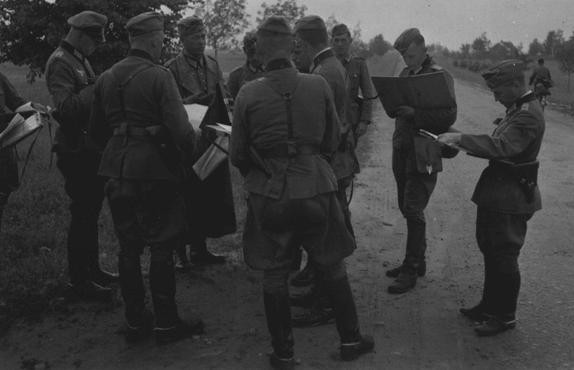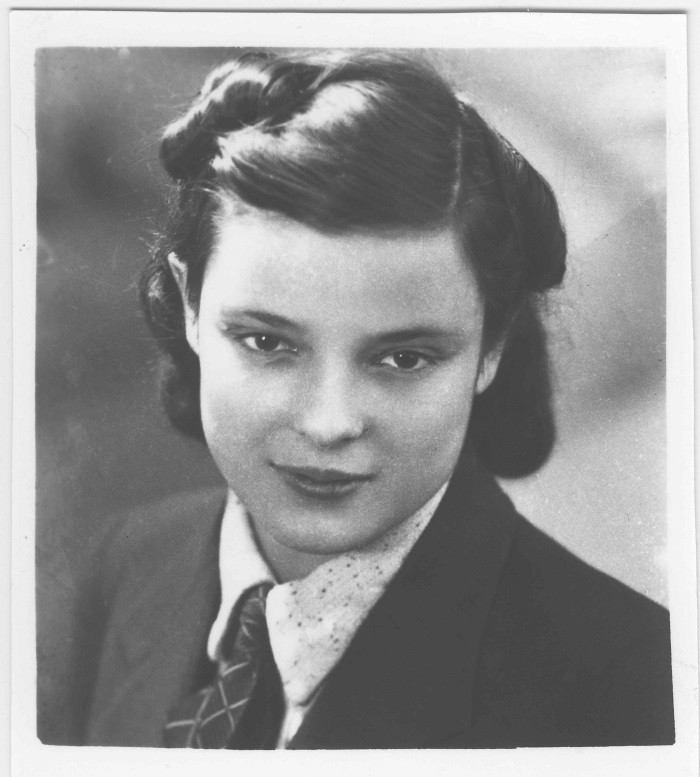
The Destruction of the German Garrison in Lenin
Jews confined within smaller ghettos in eastern Europe responded to Nazi German discrimination, persecution, and impending annihilation in a variety of different ways. In Lenin, partisans attacked the German garrison.
German forces occupied Lenin by mid-July 1941. By the end of July 1941, the Nazis had issued instructions for the Jews of Lenin to wear yellow badges on their clothes, and they were forbidden to communicate with the local Belorussians, Poles, and Russians. On May 10, 1942, the Nazis enclosed the Jews within a ghetto. The ghetto in Lenin, like many others in Belorussia, had only limited economic significance. Its main function was to concentrate the Jews and hold them securely until their extermination.
After the liquidation of the Lenin ghetto and the murder of its inhabitants on August 14, 1942, 28 Jews remained alive in Lenin, as they continued to work directly for the Germans as tailors, shoemakers, builders, and photographers. At this time Lubov Rabinovich was ordered to train a group of Belorussian apprentices to take over his trade within one month.
A German garrison of 100 people and 30 local policemen was based in Lenin to protect the town. The Soviet “Kalinin” partisan unit planned an attack on the garrison, assisted by two neighboring units (in total about 150 people). The Jewish fighter Boris Ginsburg was the liaison between the partisan units. On September 12, 1942, the German garrison was suddenly attacked and the partisans inflicted heavy losses, apparently killing 3 German officers (including commandant Grossman), 14 soldiers and 13 policemen. The ghetto quarter was burned down.

The remaining Jews fled to the woods with the partisans. Among them were the shoemaker “Leizer der Shuster” and his wife and daughter; the tailor Mordechai Kravetz; Fanya Lazebnik; the Slutzky family; and the Rabinovich family. In the unit named “Kotovsky,” within the Pinsk Soviet partisan formations, some of the escapees worked as tailors. Fanya Lazebnik (who later changed her name to Faye Schulman) joined the Molotov partisan unit and after recovering her camera during a second raid on Lenin also documented her life in the partisans. She migrated to Canada after the war and also published a memoir of her experiences.
Critical Thinking Questions
- What obstacles and limitations did Jews face when considering resistance? What pressures and motivations may have influenced their decisions and actions?
- Are these factors unique to this history or universal?
- How can societies, communities, and individuals reinforce and strengthen the willingness to stand up for others?

